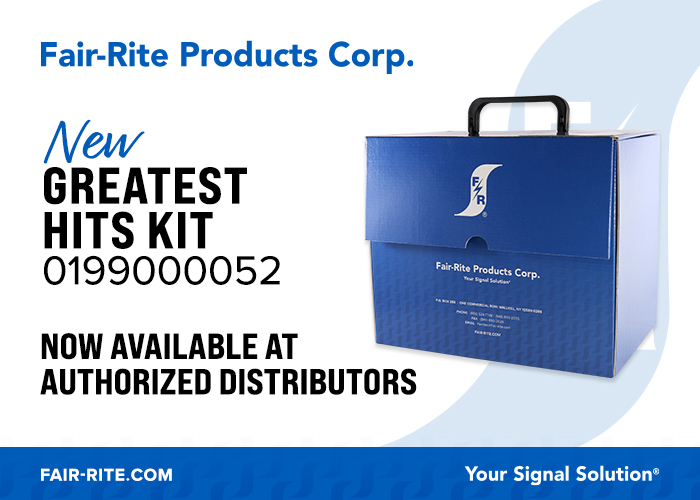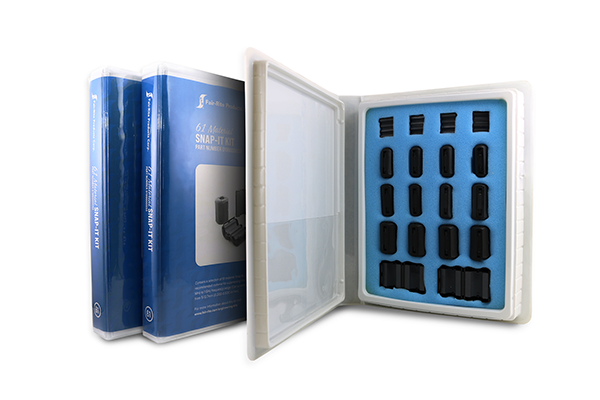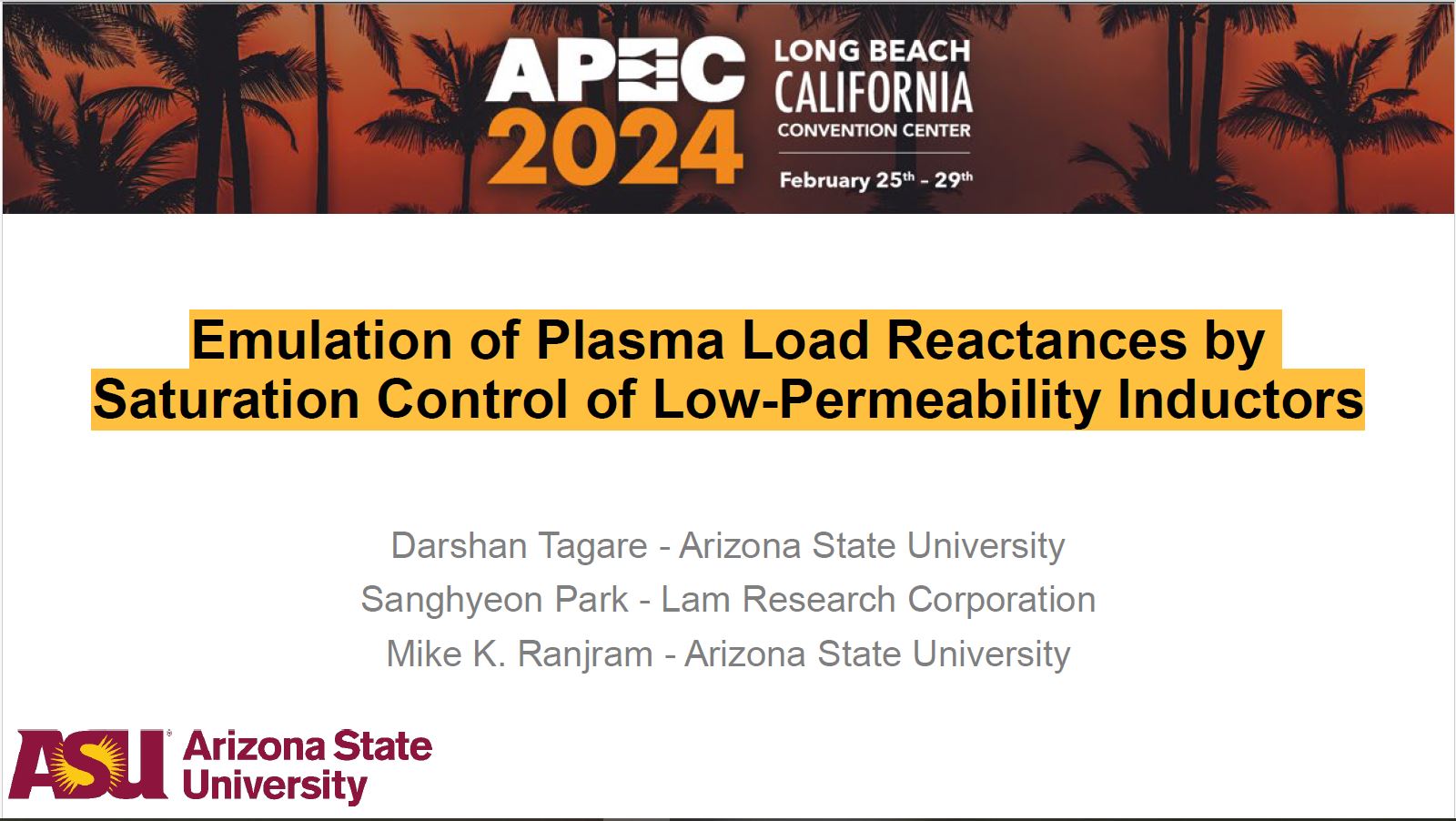GLOBAL MANUFACTURING FACILITIES
FAIR-RITE NEWS
Fair-Rite’s Newest Engineering Kit: Greatest Hits Kit

Fair-Rite proudly presents an encore to our flagship Signal Solution Kit, The Greatest Hits Kit. Inside this exclusive box you will find four different materials Snap-It kits ranging from 150 kHz to 1 GHz. The star-studded lineup of 31-, 44-, 61- and 75-material contains split ferrite cores in a wide variety of sizes to fit most cables. With a total of 64 parts, you can discover Your Signal Solution with Fair-Rite’s Greatest Hits Kit!
High-Performance High-Power Inductor Design for High-Frequency Applications

Mansi Joisher, Massachusetts Institute of Technology ; Roderick Bayliss III, University of California, Berkeley; Mike Ranjram, Arizona State University; Rachel Yang, Massachusetts Institute of Technology; Alexander Jurkov, MKS Instruments, Inc.; David Perreault, Massachusetts Institute of Technology
FAIR-RITE
Example Applications
REAL PEOPLE, REAL SOLUTIONS
On A Mission
We, a team of dedicated professionals, create the finest ferrite products and innovative solutions for the global electronic industry, with the commitment to improve the future for our customers, our company, our community, our families and ourselves.
REAL PEOPLE,
REAL SOLUTIONS
On A Mission
We, a team of dedicated professionals, create the finest ferrite products and innovative solutions for the global electronic industry, with the commitment to improve the future for our customers, our company, our community, our families and ourselves.
Can’t find what you’re looking for?
At Fair Rite, we design, prototype and manufacture ferrite component exactly to your specifications.
Fill out the form below and we will contact you right away!
Or Call Us at 1-888-FAIRRITE





